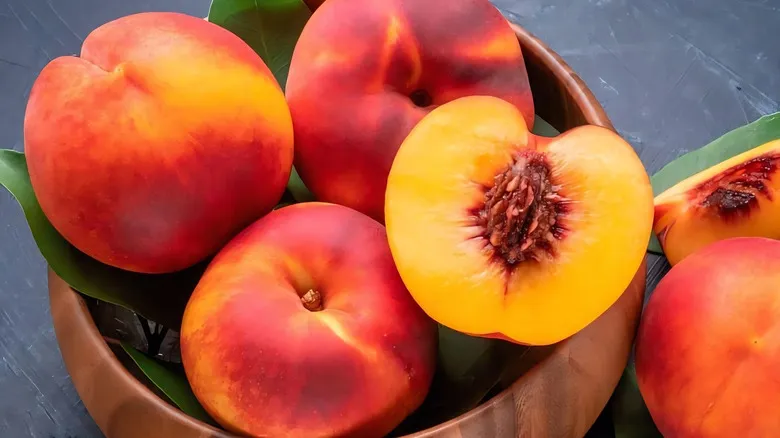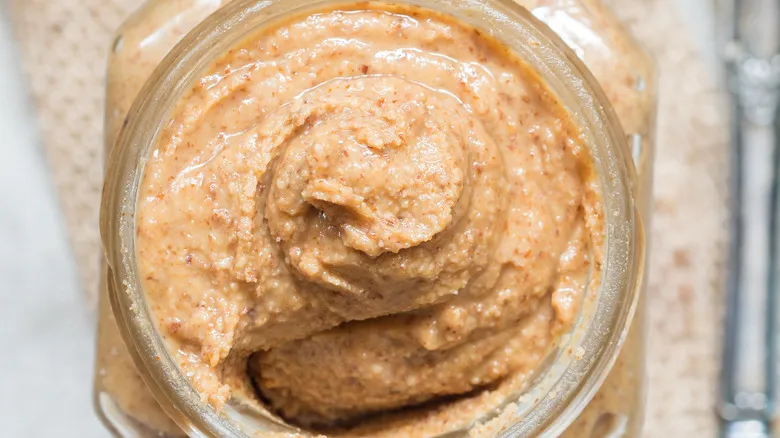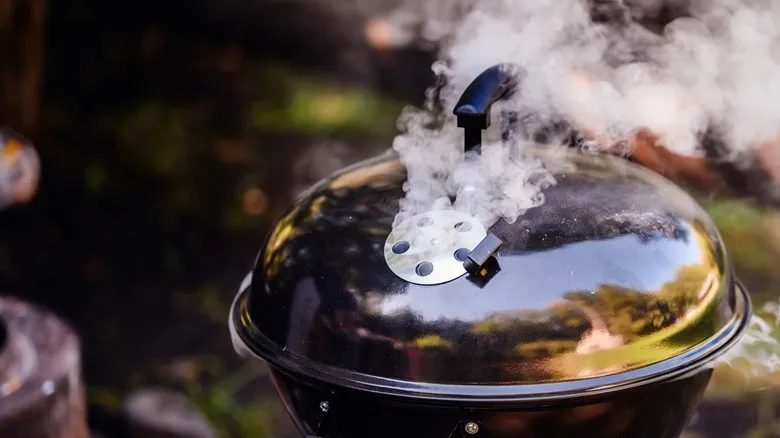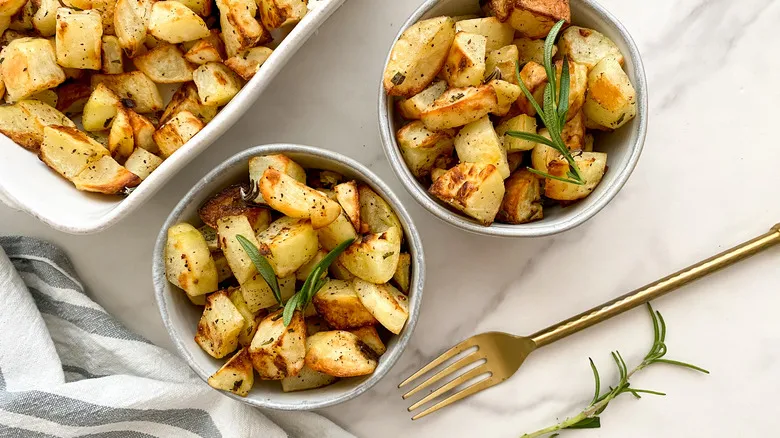Pitting different peach varieties
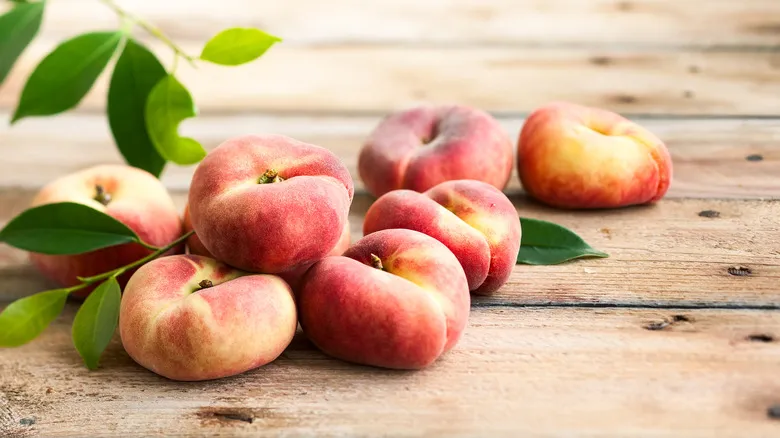
Peach enthusiasts often have their own favorite varieties. White peaches tend to be sweeter, while yellow peaches offer a hint of tartness, along with various other traits that set each type apart. But does the method for removing their pits differ? Yes, it does, but the distinction primarily lies in how you handle the peach rather than the use of needle-nose pliers.
Freestone peaches, which are relatively large, are the simplest to pit because their flesh easily separates from the pit. Sometimes, when halved, the pit may pop out effortlessly, while other times, the juicy flesh may cling to it, necessitating the use of pliers. Clingstone peaches, as their name implies, have flesh that adheres more firmly to the pit, requiring more careful handling. Semi-cling varieties are a blend of the two; when fully ripe, they act more like freestone peaches, but resemble clingstones when unripe. Donut (or Saturn) peaches, recognized for their distinctive flat shape, typically have smaller, flatter pits that detach more easily than those of traditional peach varieties. Ultimately, regardless of the type, selecting perfectly ripe peaches will make the pitting process smoother and cleaner.
Recommended
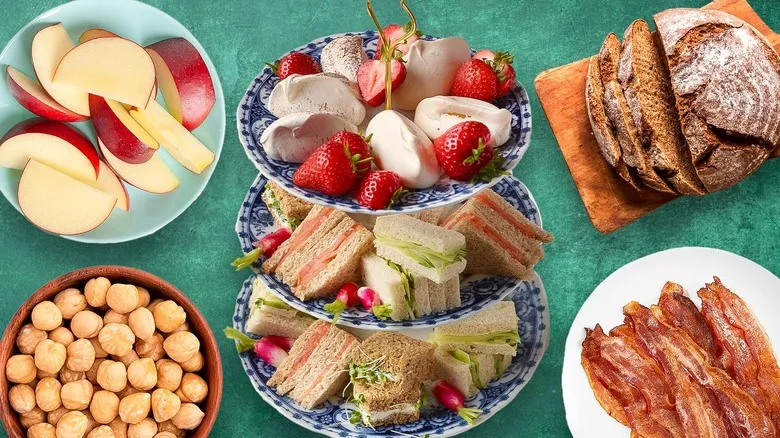
13 Ways To Upgrade Tea Sandwiches
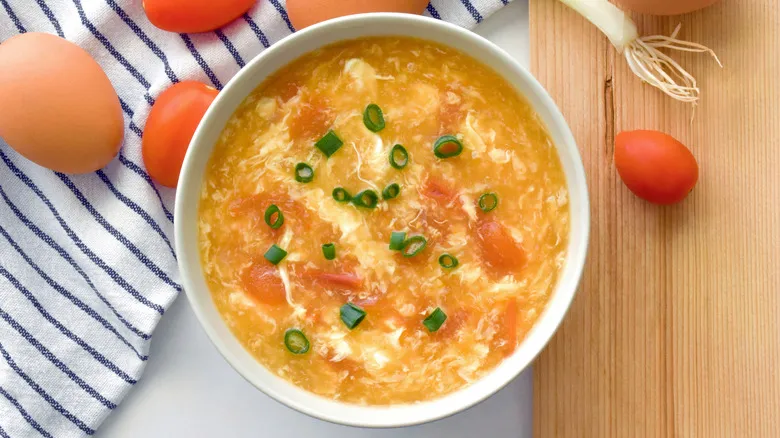
How To Master Perfect Egg Ribbons In Your Egg Drop Soup
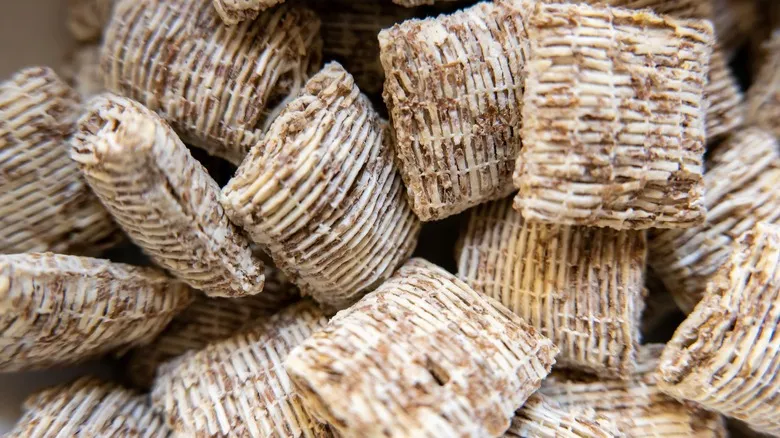
There Are 2 Kellogg's Cereals You Want To Avoid Buying If You're Vegan Or Vegetarian
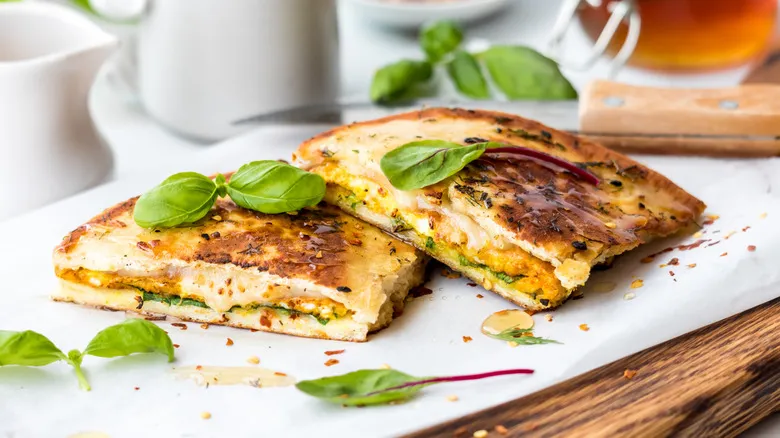
Trader Joe's Naan Is The Unexpected Upgrade For Your Breakfast Sandwiches
Next up

